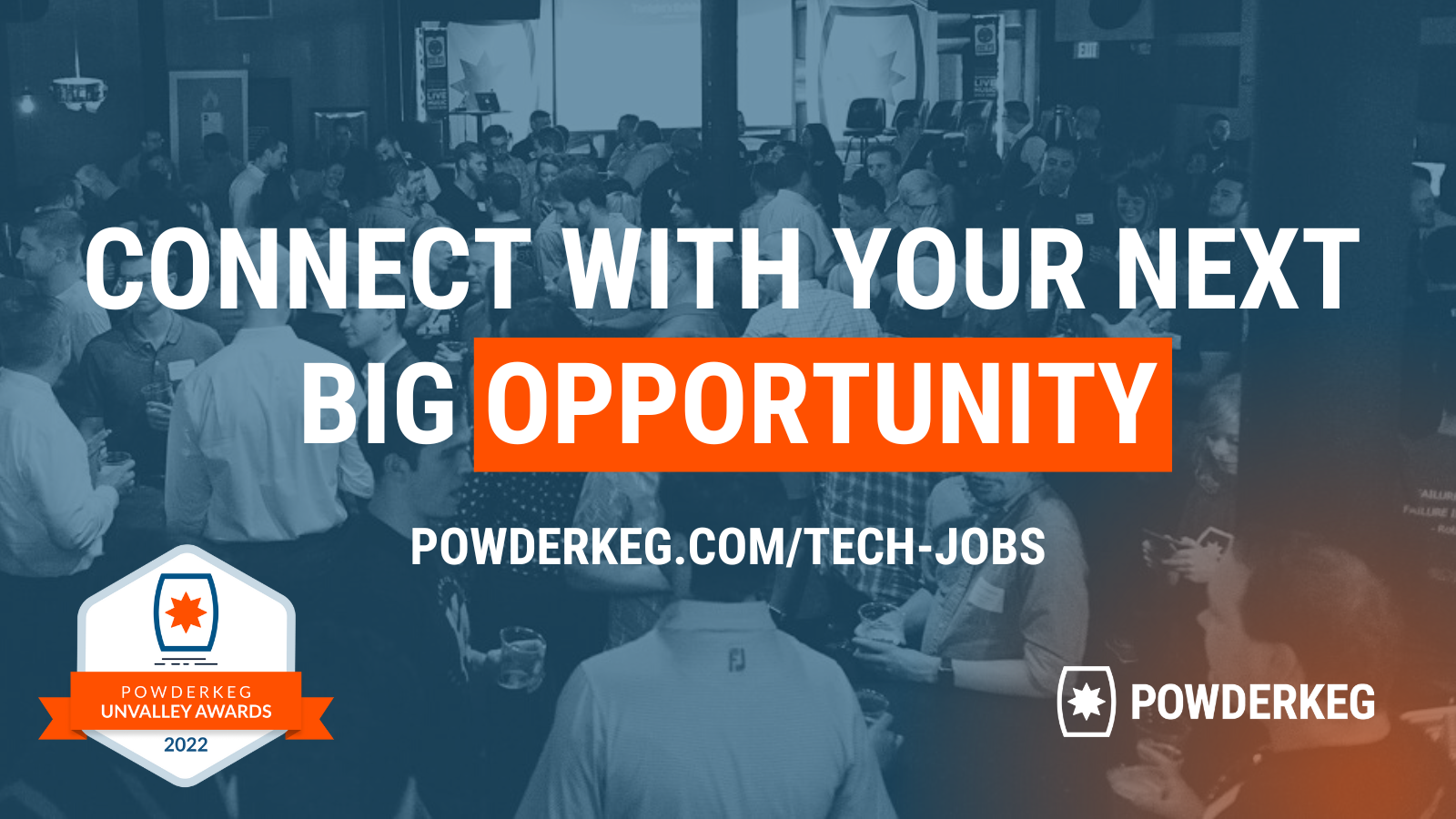Many tech companies are struggling with the same issue: reaching the right talent for their positions. A recent study found that 87% of IT executives said it’s a struggle to find skilled pros. With this is mind, it’s obvious that the hiring process needs to innovate talent acquisition strategies, being both efficient and effective. We spoke to several thought leaders around the Midwest to learn their approach to talent acquisition strategy framework, dug through top journals on talent acquisition, and boiled these insights down into actionable steps for landing top talent that you can start using today.
Steps in the Talent Acquisition Process
Whether you’re building a team from the ground up, refocusing your workforce, or simply looking to fill gaps in positions, having a robust talent acquisition process is key. Establishing the steps in the right talent acquisition framework means setting your team up for success while searching for talent.
1. Define the Position
Before you even list a new position on job boards or hand it off to a recruiter, you need to first spend time understanding what your talent acquisition goals and objectives are. Chad Fife, the Chief Client and Marketing Officer for WorkHere, spoke with us about the importance of this early legwork.
“The number one step would be defining the knowledge, skills, and requirements of a job. What does a candidate require to be an asset?” said Fife. “A lot of companies don’t do that.”
2. Communicate Your Brand to Talent
Companies need to be strategic about their outreach and where they’re posting their job listings, like utilizing online communities or attending relevant networking events. But, at the very least, you need to be communicating your brand messaging at all times. Jacqueline Cooley, who leads HR and talent acquisition at DriverReach, says this well. “As long as everything that you’re saying matches up with the brand that you’re portraying for your company online, then you’re going to have some success.”
3. Screen and Narrow Candidate List
Nicole Bickett, VP of People and Administration at Springbuk says, “Talent acquisition has and will become more reliant on technology. With the future of AI and machine learning, it will become the norm for artificial intelligence platforms to screen candidates.”
If you’ve successfully defined the role and have marketed your company’s culture well, you should be able to quickly and easily create a shortlist of candidates, apply a screening software and manage the entire process in your ATS.
4. Conduct Interviews
Interviewing can be the most time-consuming of talent acquisition process steps, primarily because you’re working around candidate’s schedules. But when meeting with potential hires, time is truly of the essence. Glassdoor data shows that the average interview process in the United States takes 24 days. If you’re a startup, that’s a really long time!
Mike Seidle, COO and co-founder of recruiting platform WorkHere, commented on the importance of efficiency when it comes to the interview process. “What we’ve learned from working with companies is that speed’s underrated. One of the biggest mistakes that companies make is they go slow when they recruit.”
Julie McCorkle, the HR director at PERQ, elaborates on some strategies that can speed up the recruiting process, “It’s incredibly important to be proactive. Don’t just wait for a position to open up before looking for great people. Have a solid network and an appropriate pipeline of talent in place at all times to allow for quick, solid hires.”
5. Make an Offer
Once you’ve made a decision on a hire, it’s time to make an offer—quickly. According to CNBC, 70% of applicants lose interest in a job after a single week, so you can be sure that if they’re left waiting on a response following an interview, they’re gonna continue to seek out other positions.
But time isn’t the only factor driving a candidate’s decision to accept a job. Dennis Nash, who leads Employee Benefits at Witkemper Insurance, shares, “As many as 50% of employees cite benefits offerings as a major factor in their decision to accept a job, or not. Look at successful companies like Google and Starbucks with thriving cultures and engaged employees; they get it. Employee-centric perks and benefits make coming to work less of a job, and more of an experience, significantly impacting an employer’s ability to attract and retain the best talent.”
Talent Acquisition Process Map

Revamping your Talent Acquisition Strategy 2019 approach means making significant revisions to your Talent Acquisitions Strategies 2018 file. You may be engaging in a research process on talent acquisition. However, reading talent acquisition research papers can be dense and hard to apply. For that reason, a talent acquisition process flow chart is a great resource. While you can make the recruitment process flowchart editable, Karen Seketa, Vice President of Talent at Element Three, said it should still be built around the idea of a funnel.
“In my mind, I picture sort of like the sales funnel. It’s the entire process, from the awareness of your company, to the talent that’s out there. All the steps that go between point down to hiring and onboarding.”
How to Apply These Talent Acquisition Strategies
The best talent acquisition strategies encompass everything we’ve heard from our panel of experts, as well as the steps we’ve distilled from their insights. But how can we effectively apply this information in an actionable way? The process of creating a global talent acquisition strategy is more involved than simply searching for “Talent acquisition Wikipedia” or “talent acquisition definition by author.” Rather, it requires deeper insight into your own talent acquisition policies. One great way is to partner with a recruiter. Fife expressed how doing so early on in the hiring process can be a great help.
“Companies will just say they’re looking for a salesperson. Well, is at an SDR, or an account manager? Those have different skillsets. This is something a recruiter can help you with.”
Another effective way to employ these steps is to utilize Powderkeg’s recruitment marketing software to kickstart your process. Our online community helps talent and job-creators connect and make the hiring process more effective and efficient. To learn more about how to get started, contact Powderkeg today.


